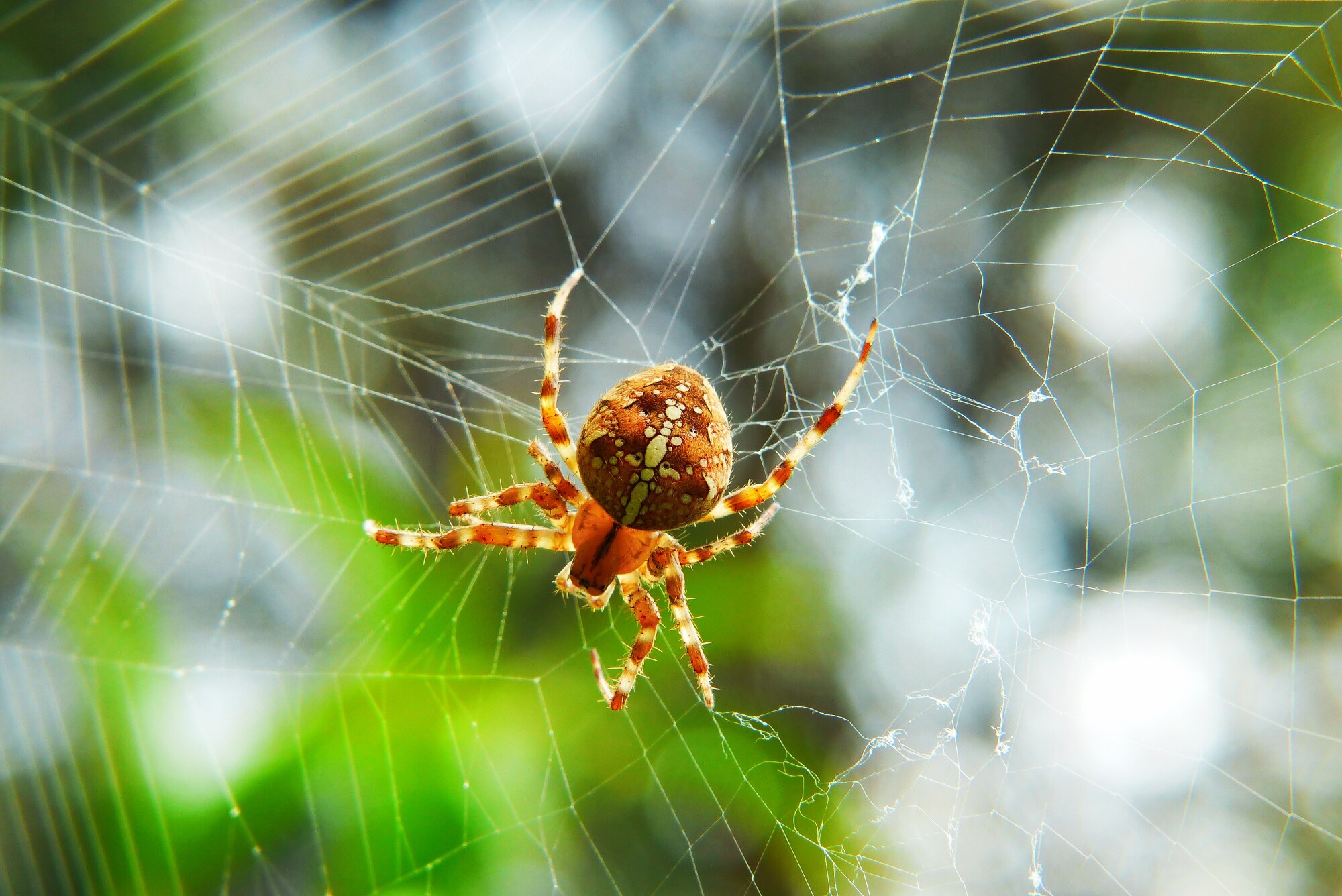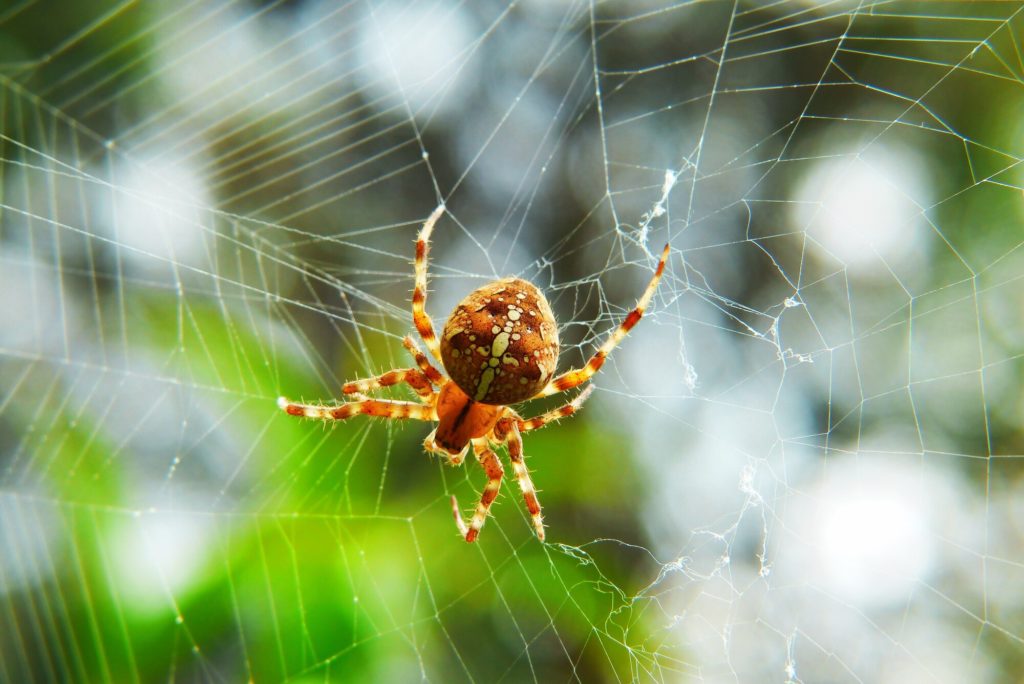
Staying Ahead of Pests with Seasonal Pest Control Services
Pest control is an essential part of maintaining a comfortable and healthy home environment. While many people think of pest control as a reactionary measure, taken after pests have already made an appearance, a more effective strategy is to be proactive, using seasonal pest control services. Just as pests have their specific active seasons, your pest control measures should also be timed to preemptively combat them. In this blog, we’ll explore why seasonal pest control is a game-changer and how to implement it effectively.
Understanding the Seasonal Life Cycle of Pests
Different pests are active during different times of the year. By understanding the life cycle and habits of these creatures, you can anticipate when they’re most likely to invade your space:
- Spring: As temperatures start to warm, pests awaken from their winter slumbers. Ants, termites, and roaches begin to become active, looking for food and places to establish colonies.
- Summer: The warm temperatures of summer bring a surge in mosquito, flea, and tick populations. Also, bees and wasps are often buzzing about, building nests and seeking food.
- Fall: As the weather starts to cool, rodents like rats and mice seek the warmth of homes. Also, insects might move indoors to escape the coming cold.
- Winter: While many pests are less visible in the winter, some like bed bugs remain active. Moreover, any pests that have found shelter in the fall will now settle in your home if left unchecked.
Benefits of Seasonal Pest Control
- Proactive Approach: Instead of waiting for an infestation, seasonal pest control allows homeowners to take a proactive stance, making it less likely for pests to establish themselves.
- Cost-effective: Addressing a full-blown infestation can be more expensive than routine preventive measures. Plus, some pests, like termites, can cause costly damage to your property if not managed.
- Peace of Mind: Knowing that you’re ahead of potential pest problems brings peace of mind, letting you enjoy your living spaces without the constant worry of unwelcome critters.

Implementing Seasonal Pest Control
- Regular Inspections: Have a professional inspect your home at the change of each season. They can identify potential vulnerabilities and address them before they become a problem.
- Barrier Treatments: These treatments, typically applied in the warmer months, can help prevent many pests, especially mosquitoes and ticks, from entering your yard and home.
- Indoor Treatments: During cooler months, when pests are likely to seek shelter inside, having indoor treatments can block their entry.
- Lawn and Garden Care: Regular maintenance, such as mowing your lawn and trimming vegetation, can reduce habitats for pests. Additionally, consider treatments that specifically target pests like grubs or fire ants.
Choosing a Reliable Pest Control Service
Partner with a pest control service that understands the unique needs of your area and the seasonal pests that come with it. Ensure they use safe and effective treatments, especially if you have children or pets. Transparency, a good track record, and excellent customer reviews are good indicators of a reliable service.
Dealing with pests isn’t just about reacting to infestations; it’s about staying one step ahead. By incorporating seasonal pest control services into your home maintenance routine, you ensure a comfortable living environment throughout the year, free from the nuisances and potential dangers pests can bring. Remember, prevention is always better—and often more cost-effective—than cure.

The Most Common Pests to Watch Out For in Every Season
The changing of the seasons is a beautiful spectacle, but it also heralds the arrival of different pests. By knowing which pests are most active in each season, you can better prepare and protect your home and family. Here’s a breakdown of the common culprits that tend to emerge as the months roll by:
Spring Pests
- Ants: As the weather warms, ants become more active, foraging for food and seeking out new places to establish their colonies. Watch out for ant trails and take measures to keep food sources sealed.
- Termites: Spring, particularly after rain, can see termite swarms looking for new places to set up a colony. These pests can be detrimental to the structure of a house if not detected early.
- Roaches: These pests start to make their presence felt, attracted to food and moisture sources in homes.
Summer Pests
- Mosquitoes: Warm and wet environments are prime breeding grounds for mosquitoes. Their bites are not only itchy but can also transmit diseases.
- Ticks: Often found in tall grass and wooded areas, ticks can latch onto pets or humans. They can transmit Lyme disease and other illnesses.
- Bees and Wasps: These flying insects are more active, building nests and searching for food. While they play essential roles in pollination, their stings can be painful and, for some, dangerous due to allergic reactions.
Fall Pests
- Rodents: As temperatures drop, mice and rats look for warmer shelters, which often leads them indoors. They can damage property and pose health risks.
- Spiders: Many spiders seek shelter in the fall, looking for warmer environments. While most are harmless, some, like the brown recluse, can pose a threat.
- Stink Bugs: These bugs are aptly named for the odor they release when threatened or crushed. They often invade homes in the fall to escape the cold.
Winter Pests
- Bed Bugs: They remain active throughout the year but can be more noticeable in winter when people spend more time indoors.
- Cockroaches: They seek warm, damp areas inside homes to survive the colder months.
- Rodents: If they’ve established a nest during the fall, rodents can continue to be a problem in winter if not addressed.
Each season brings its own set of challenges when it comes to pest control. By knowing what to expect, homeowners can take proactive steps to prevent infestations or deal with them promptly when they arise. Remember, a pest-free home is not only more comfortable but also healthier for its occupants. Stay vigilant, and don’t hesitate to seek professional help if pests become a persistent problem.

Seasonal Pest Control Options
A proactive approach to pest management, especially one that accounts for seasonal changes, can make a significant difference in your home’s comfort and safety. Instead of waiting for a pest problem to escalate, seasonal pest control focuses on prevention and early detection. Here are some of the seasonal pest control options you might consider:
Spring Pest Control
Spring is a time of renewal, and pests are no exception. Here’s how to tackle them:
- Bait Stations: These are effective for ants and roaches. Placed in strategic locations, they lure pests with food and poison them.
- Termite Inspections: Conduct a professional termite inspection to spot early signs of infestations.
- Sealing Entry Points: As pests become active, they’ll seek ways into your home. Sealing cracks and crevices can prevent their entry.
Summer Pest Control
Summer sees an increase in many pests due to the warm weather.
- Mosquito Treatment: Professional services can treat your yard, focusing on breeding grounds like standing water.
- Tick Yard Treatment: A targeted treatment can help reduce the tick population in your yard, protecting family and pets.
- Nest Removal: For bees and wasps, consider professional nest removal, especially if the nest is large or in a hard-to-reach area.
Fall Pest Control
As the weather begins to cool, pests look for warm places to overwinter.
- Rodent Proofing: This involves identifying and blocking entry points that mice or rats could use to enter your home.
- Spider Treatment: Professional treatments can deter spiders from settling in your home.
- Insect Barrier: A perimeter treatment can prevent stink bugs and other insects from finding their way inside.
Winter Pest Control
Though many pests are less active during the cold months, some still seek the warmth of your home.
- Indoor Treatment: For pests like cockroaches and bed bugs that remain active indoors, treatments can be applied to affected areas.
- Attic Inspections: This can help in identifying any pests that might have taken refuge in your home’s warmest areas.
- Regular Monitoring: Even in winter, regular checks can help in the early identification of potential issues.

General Tips for Year-Round Prevention
- Regular Cleaning: Regular cleaning, especially in food areas, can deter pests.
- Gutters: Clean gutters to prevent water accumulation, which can attract pests.
- Landscaping: Keeping your garden tidy, especially areas close to the house, can deter many pests.
- Scheduled Professional Inspections: Even if you don’t notice a problem, having a professional periodically check your home can help identify and address potential issues before they escalate.
Seasonal pest control is about staying a step ahead. By addressing potential problems before they become infestations, you can enjoy a more comfortable, safer living environment. It’s always beneficial to collaborate with a professional pest control service to ensure that all potential threats are adequately addressed. Remember, prevention is often more cost-effective and less disruptive than dealing with full-blown infestations.
Cost Analysis of Pest Control Services
The cost of pest control can vary widely based on several factors: the size of your property, the type of pest, the extent of the infestation, and the methods used. Whether you’re preventing pests or treating an existing problem, understanding the costs associated can help you budget effectively.
Seasonal Treatment Costs
Regular preventative treatments, scheduled according to the seasons, can be a cost-effective approach. Some costs you might expect include:
- Spring Treatments: These typically focus on emerging pests like ants and termites. You might expect to pay between $50 to $200 for standard services, but termite treatments can be pricier, ranging from $500 to $1,500 depending on the property size and termite species.
- Summer Treatments: Addressing mosquitoes, ticks, and bees might cost you anywhere from $70 to $300, depending on the intensity of treatment and yard size.
- Fall Treatments: Preparing for overwintering pests, especially rodent proofing and insect barriers, can range from $100 to $300.
- Winter Treatments: Indoor treatments, primarily, might range from $50 to $150, depending on the targeted pests.

Infestation Treatment Costs
When dealing with an active infestation, costs can escalate due to the intensity of treatment required.
- Termites: If not caught early, termite infestations can be particularly costly. Comprehensive treatments can range from $2,000 to $5,000.
- Bed Bugs: These pests require specialized treatments. A single room may cost $300 to $1,200 to treat, but for severe infestations in a whole house, you might be looking at $2,000 to $4,000.
- Rodents: Mice and rat infestations can be addressed for $200 to $500, but severe problems might push that number higher.
- Cockroaches: Depending on the severity and the size of the space, treatments can range from $100 to $400.
Other Cost Considerations
- Follow-up Visits: Some pests require multiple treatments or follow-up visits. This can add to the overall cost.
- Guarantees: Some companies offer guarantees. You might pay a premium for this service, but it offers peace of mind that if the pests return, so will the exterminators.
- Organic or Green Solutions: If you prefer environmentally-friendly treatments, there might be a slight increase in cost compared to traditional methods.
Pest control is an essential service for maintaining a comfortable and safe living space. While there are costs involved, the potential damage pests can inflict on property and health can be much more expensive in the long run. It’s always a good idea to get quotes from multiple service providers to ensure you’re getting a competitive rate for the services you need.
The Eco-Friendly Approach to Seasonal Pest Control
With growing concerns about the environment and the health risks associated with certain chemicals, many homeowners and businesses are looking for eco-friendly approaches to tackle pest problems. Green pest control doesn’t just protect the environment; it also ensures the safety of the occupants and reduces potential health risks associated with traditional pesticides.
Natural Repellents
Certain plants and herbs act as natural repellents for pests:
- Lavender: This beautiful plant is not only fragrant to humans but repels moths, fleas, flies, and mosquitoes.
- Marigold: These golden flowers deter a variety of insects, including mosquitoes and aphids.
- Rosemary: This herb can ward off various pests when planted in the garden and can be used in its dried form inside the house.
Biological Control
This involves introducing natural predators into your environment:
- Ladybugs: These are natural predators to aphids and can keep a garden free from these pests.
- Praying Mantises: They eat a variety of insects, helping maintain balance in the garden.
- Birds: Installing bird feeders or birdhouses can invite birds that naturally feed on insects, acting as an effective pest control measure.

Diatomaceous Earth
This is a natural and non-toxic powder that can be sprinkled around the home’s perimeter. It causes dehydration in insects, acting as a deterrent.
Natural Sprays
There are several natural sprays made of essential oils, like peppermint, eucalyptus, or lemon, that deter a variety of pests. They can be used both indoors and outdoors and are safe for pets and humans.
The Integrated Pest Management (IPM) Approach
IPM focuses on long-term prevention of pests through a combination of techniques:
- Monitoring: Regularly check the premises for signs of pests.
- Prevention: Implement practices like proper sanitation and sealing entry points to prevent pests from entering.
- Control: Use environmentally friendly pest control methods, resorting to chemicals only as a last measure and ensuring they are used in a way that minimizes their harmful effects.
While seasonal changes bring about a variety of pests, embracing a more eco-friendly approach can ensure a safer, healthier environment for everyone. It not only curbs the immediate pest issue but promotes a balance in the ecosystem, ensuring that the same issues do not recur season after season. If you’re unsure about the best eco-friendly pest control methods for your specific situation, consider consulting a professional who specializes in green pest control solutions.


